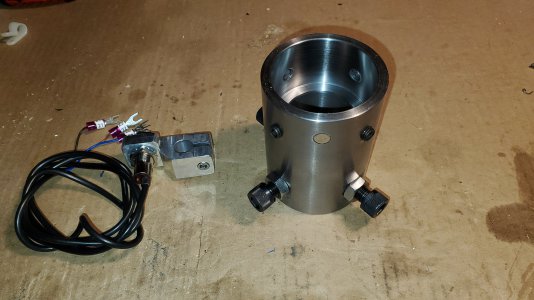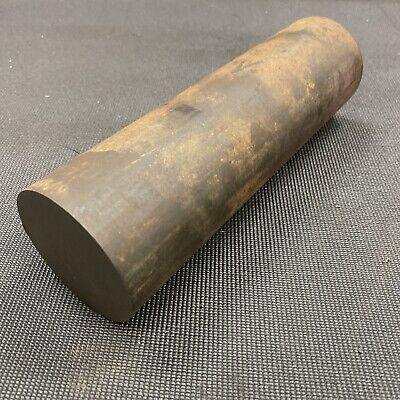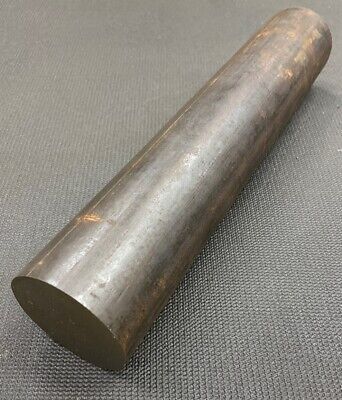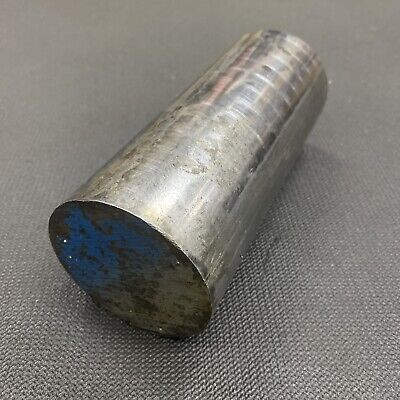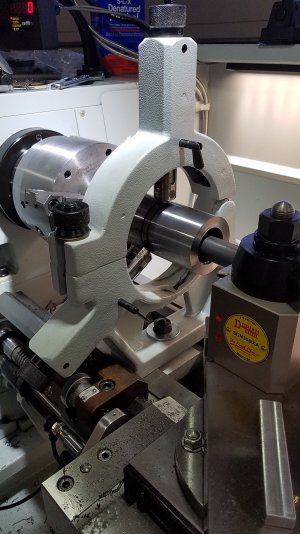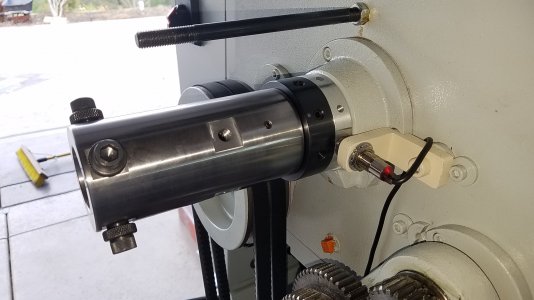I would not change your ring or magnet, I embed the magnet in steel spindles all the time and they work just fine. The tachometer you have will read down to 10 RPM, so there is no need for additional magnets. If you have the tach on and manually turn the spindle, there is a red led in the tach. sender that should light up when the magnet passes. Instead of redoing everything, just take a step wise approach
1. Use an alternate power source, as I said, a small 9V battery is ideal because it eliminates any possible electrical noise issues.
2. Check the sender unit is operating correctly, the LED lights up when the magnet is oriented correctly and it is wired correctly
3. Before I install these tachometers I check that they work, connect a 12VDC power source or 9V battery, connect the hall sensor and manually run the magnet across the sensor to see that it triggers and you see numbers on the display.
4. Electrical noise from the speed control such as a VFD usually show up as erratic RPM, not 0's or a fixed number.
5. Distance between the magnet and sensor should be around 0.1-0.2"
6. The RPM unit could be defective, I just bought one and it would show LLLL when powered, but the sender worked and it would indicate RPM's sort of. I returned it and bought a different brand. I have installed dozens of these, MacTachs, Taculators, etc., each one has there issues, but you only need one magnet for the one you have.
